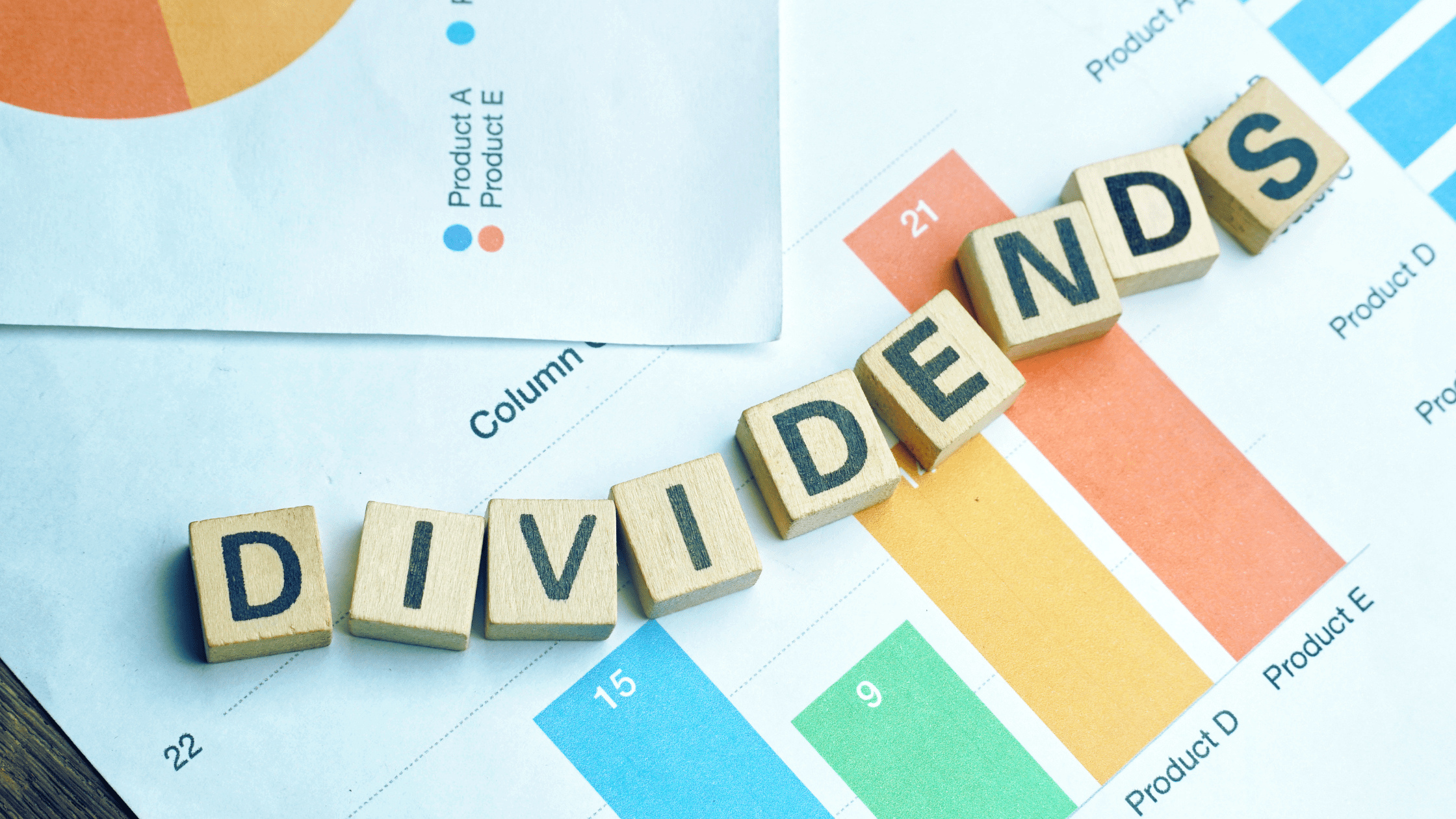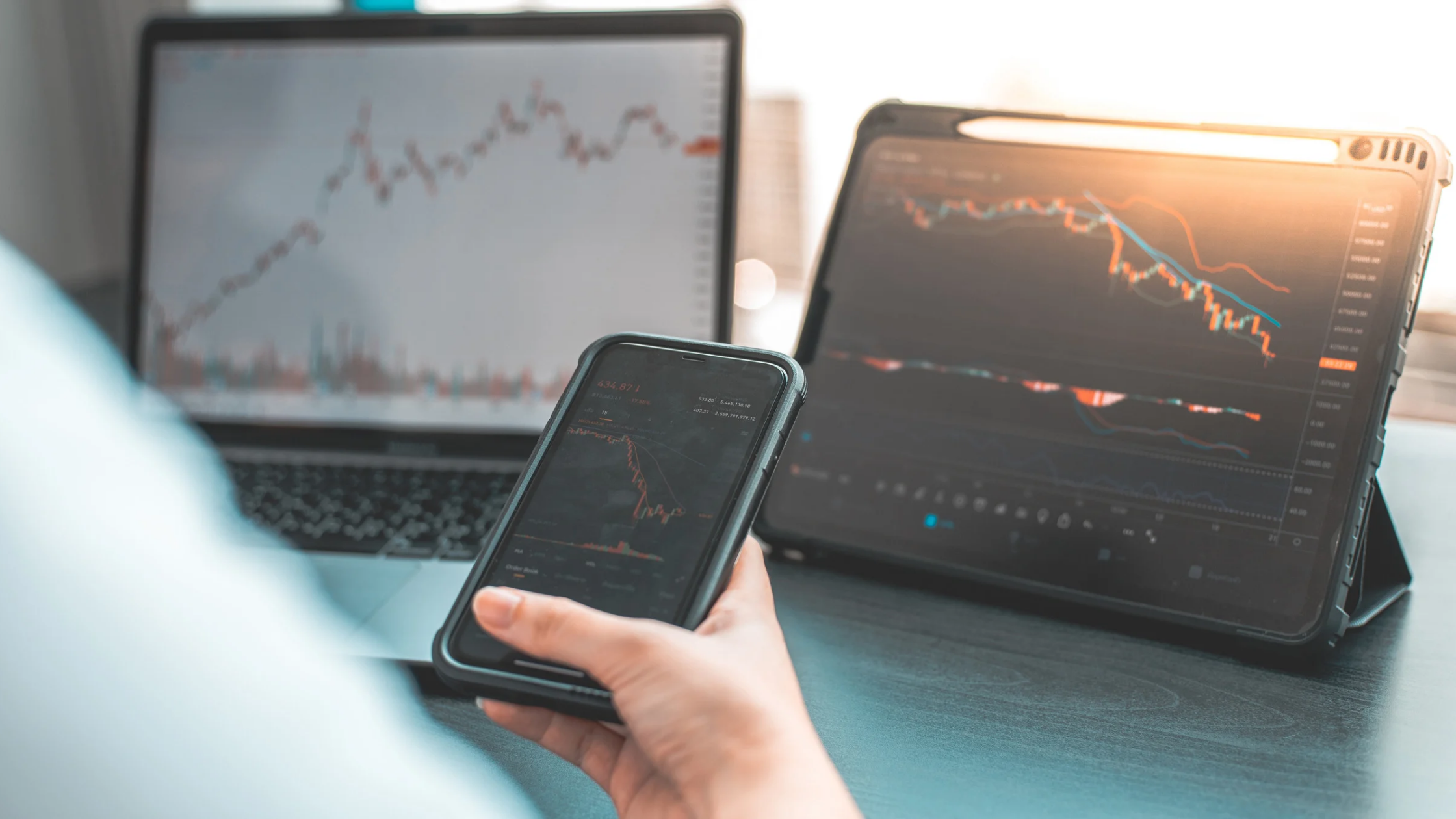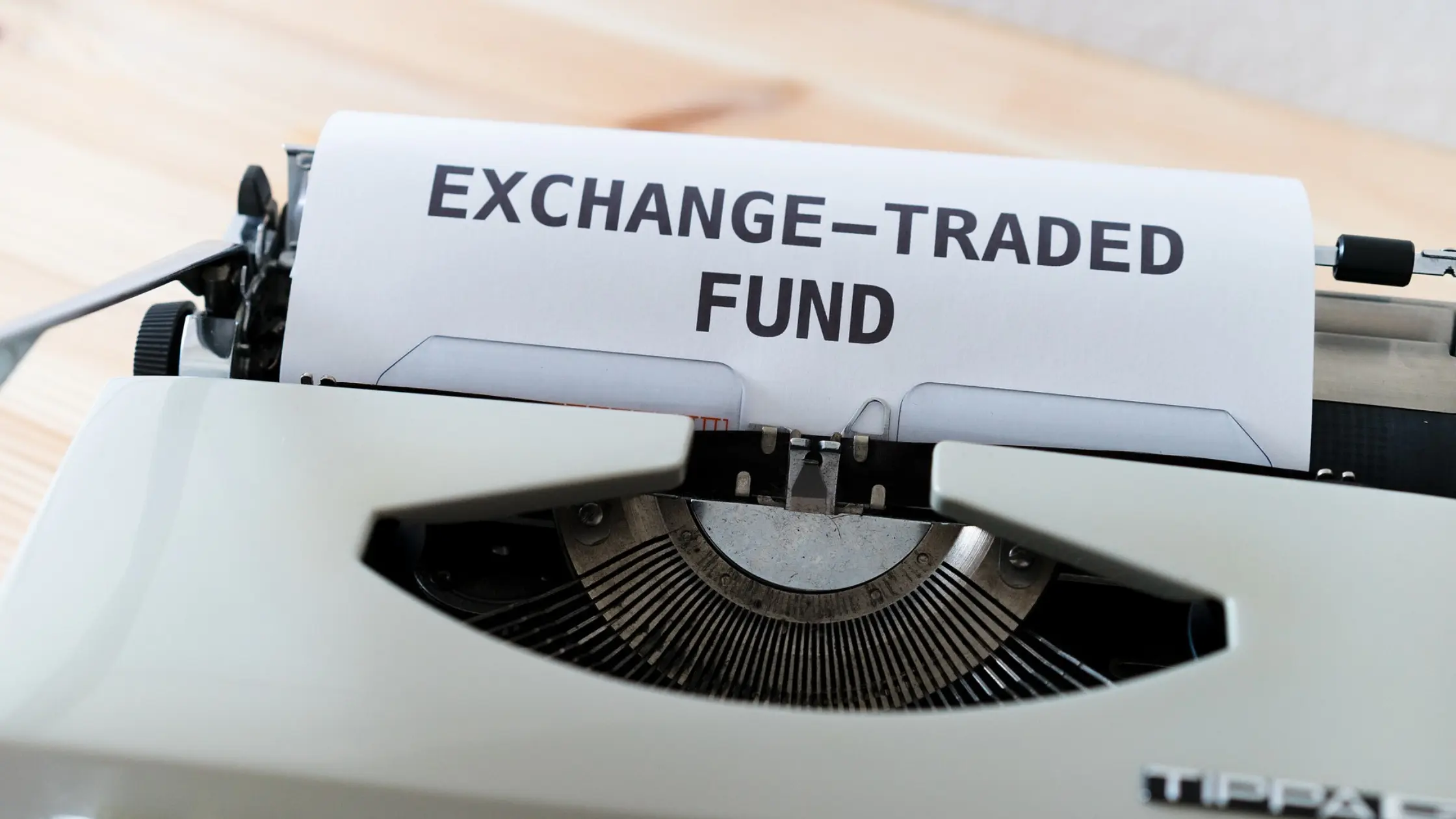What is Dividend?
September 21, 2021

A dividend is a share of a company’s profit and retained earnings that is then distributed to its shareholders.
Those earnings can either be reinvested into the expansion of business or be paid out to shareholders as a dividend.
The dividend yield is the ratio of the annual dividend per share (DPS) paid to shareholders divided by the share price.
Here is a simple illustration on how the dividend process works:

- Company generates profit and retained earnings
- The management team decides if excess profit should be paid out to shareholders, reinvested in business expansion or kept as a cash buffer for emergencies.
- The board approves the planned dividend
- Company announces the dividend and details such as payment date, record date, payment amount and others.
- The dividend is paid to shareholders, usually directly into shareholders’ bank accounts.
Types of dividends
The two primary types of dividends that are paid out to shareholders are either via cash or in stock. Companies can also issue a hybrid of cash and stock.

Aside from the type of payment method, there are also various types of dividends:
- Common dividend – This is given out to all common shareholders
- Preferred dividend – This is given out to preferred shareholders, a class of shareholders that are entitled for the preferred dividend; and
- Special dividend – A special dividend is paid outside of a company’s regular dividend policy. This is usually due to excess profit earned during that period that leads to excess cash on hand.
Important dividend dates to take note of
- Announcement date: Dividends are announced by management on announcement date and must be approved by shareholders before they can be paid.
- Ex-dividend date: The date on which the dividend eligibility expires. This means that only shareholders who own the stock prior to the ex-date, will receive the dividend.
- Record date: The record date is the cut-off date to determine which shareholders are entitled to receive the dividend.
- Payment date: The company will pay out the dividend on the payment date, which is when the money will be credited into investors’ accounts.
Impact of the dividend on share price
First of all, there are various contributing factors that cause the movement of a share price.However, in theory, the dividend payments will have an impact on the share price.
Assuming that everything else remains constant aside from the dividend, the share price of a company in theory will rise on the announcement of the dividend by the amount of the dividend declared and then decline by a similar amount at the opening session of the ex-dividend date.
Keep in mind that this may or may not happen but the share price should adjust/normalise on the ex-dividend date.
Dividends vs share buybacks
In recent times, a lot of corporates have opted for share buybacks as compared to paying out dividends.
Both dividends and share buybacks are two ways that management of a company can reward shareholders.
A share buyback is when a company uses cash on the balance sheet to repurchase shares in the open market.
This has two effects by 1) returning cash to shareholders, and 2) reducing the number of outstanding shares.
Part of the reason is that share buybacks can boost a company’s earnings per share (EPS) going forward as the number of outstanding shares are reduced.
Share buybacks have received a lot of criticism in recent times as it does not directly reward shareholders and sceptics are concerned that the management is using share buybacks as a way to boost EPS growth – as this tends to be tied to management remuneration incentives.
Bottom line
It is almost impossible to just use the dividend as a single metric to determine whether a company is worth investing in.
But if a company has consistently delivered on its earnings and dividends in the past, there is a great chance that they would continue to do so in the future. This allows you to compute your expected dividend yield.
All investors will find that it is most likely to their advantage to hold some dividend-paying companies in their portfolio as these dividend stocks can provide a more resilient portfolio when a bear market comes.
I hope that the above helps to better inform investors to have a better grasp of the ins and outs of dividends when investing.
Join our ProsperUs community for more engagement on topics related to investing.

Billy Toh
Billy is deeply committed to making investment accessible and understandable to everyone, a principle that drives his engagement with the capital markets and his long-term investment strategies. He is currently the Head of Content & Investment Lead for Prosperus and a SGX Academy Trainer. His extensive experience spans roles as an economist at RHB Investment Bank, focusing on the Thailand and Philippines markets, and as a financial journalist at The Edge Malaysia. Additionally, his background includes valuable time spent in an asset management firm. Outside of finance, Billy enjoys meaningful conversations over coffee, keeps fit as a fitness enthusiast, and has a keen interest in technology.







